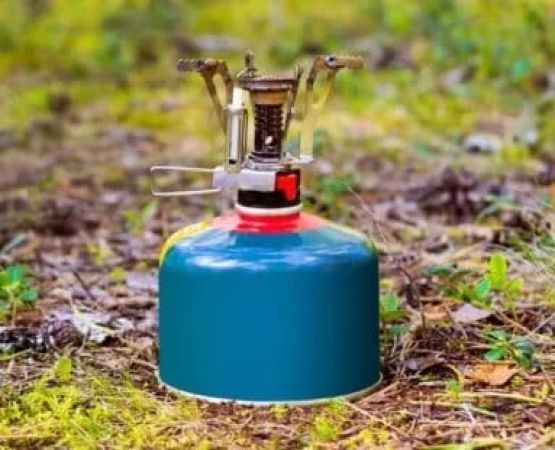Tips for Camping in High-Traffic National Parks During Peak Season
- Why Camping in High-Traffic National Parks During Peak Season is Challenging
- Planning Your Camping Trip in a Busy National Park
- When is the Best Time to Camp in High-Traffic National Parks?
- What to Pack for a Camping Trip in Busy National Parks
- Alternative Camping Spots Near Popular National Parks
Why Camping in High-Traffic National Parks During Peak Season is Challenging
Camping in high-traffic national parks during peak season presents a unique set of challenges. Popular parks like Yellowstone, Yosemite, and the Grand Canyon attract thousands of visitors every year, which can make it difficult to find solitude, secure a campsite, and enjoy the natural beauty that these parks offer. The large crowds can also result in long lines for popular attractions, noisy environments, and limited availability for campgrounds. Despite these challenges, with the right planning and preparation, camping in these parks can still be an incredible experience.
Planning Your Camping Trip in a Busy National Park
Planning ahead is the key to enjoying a camping trip in a high-traffic national park. First, make sure to book your campsite well in advance, especially during the peak season. Many national parks have online reservation systems that allow you to secure your spot months before your trip. If you're unable to book a campsite inside the park, consider nearby campgrounds or even backcountry camping, which may require additional permits. It’s also important to research the park’s facilities, popular hiking trails, and other must-see spots, so you can maximize your time there without feeling rushed.
When is the Best Time to Camp in High-Traffic National Parks?
Peak season for national parks typically falls during summer months, especially between June and August. However, visiting during this time means dealing with large crowds and limited availability at campgrounds. To avoid the chaos, consider camping during the shoulder seasons—late spring or early fall—when the weather is still pleasant, but the crowds are thinner. You may also find that some campgrounds offer better availability and quieter environments during weekdays compared to weekends, which are usually the busiest times.
What to Pack for a Camping Trip in Busy National Parks
When camping in a high-traffic national park, it’s essential to pack efficiently. Not only do you need all the standard camping gear, such as a tent, sleeping bag, and cooking supplies, but you also need to prepare for the possibility of larger crowds and limited resources. Consider bringing a portable stove, since cooking facilities at campgrounds can get crowded, especially during peak times. Don’t forget essentials like insect repellent, sunscreen, and a first-aid kit. It’s also a good idea to bring extra food and water in case there are long waits or shortages at the park’s general store.
Alternative Camping Spots Near Popular National Parks
If you find it difficult to secure a spot inside a popular national park, there are often alternative camping options just outside the park boundaries. Nearby forests, state parks, and national forests typically offer quieter, more secluded camping experiences. For example, in places like Yellowstone, you can find campsites in nearby national forests such as the Gallatin National Forest. These alternatives provide the same stunning scenery and access to the park’s natural wonders, without the crowds. Researching these alternatives ahead of time can help you find the perfect balance between adventure and tranquility.






